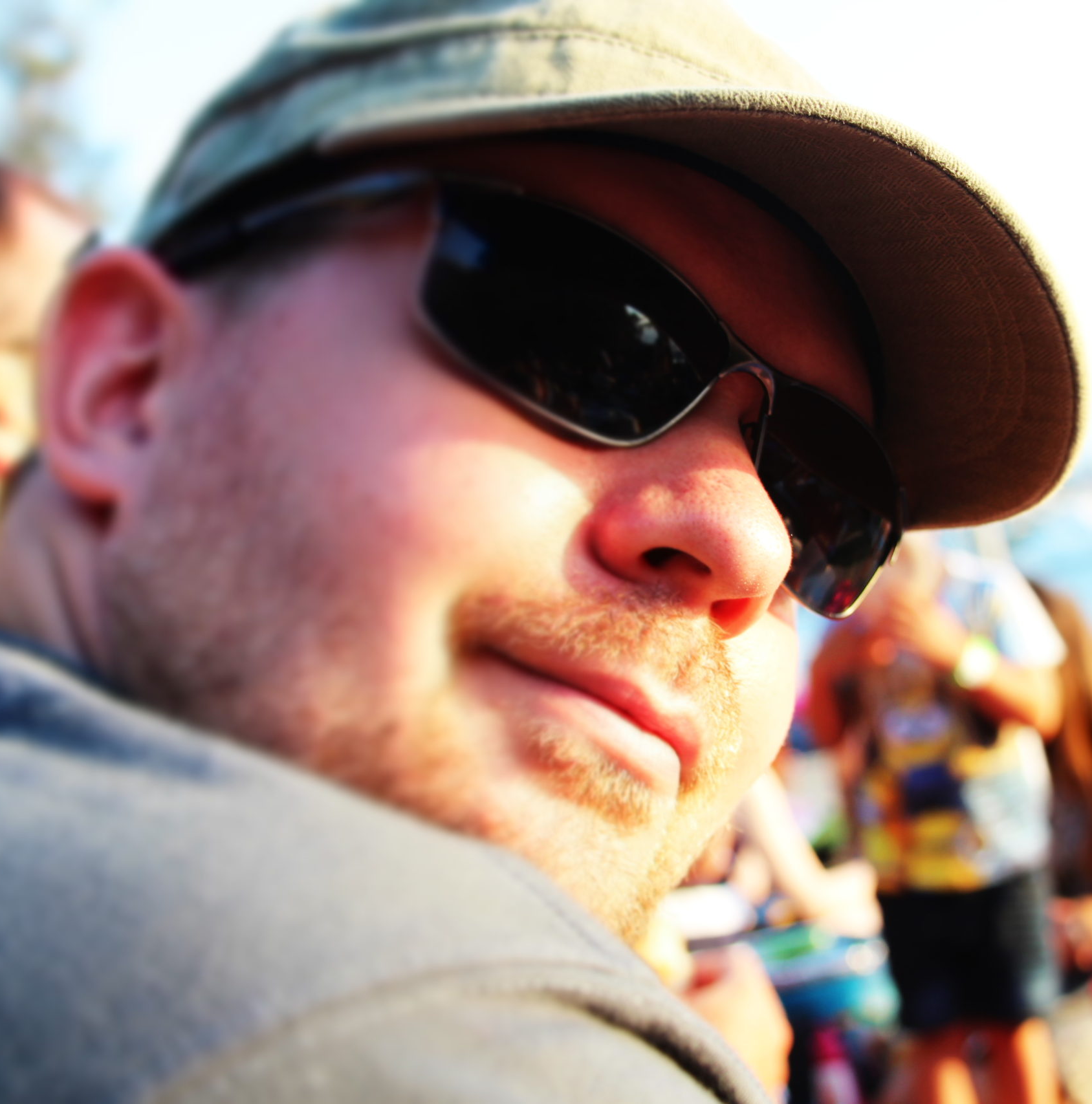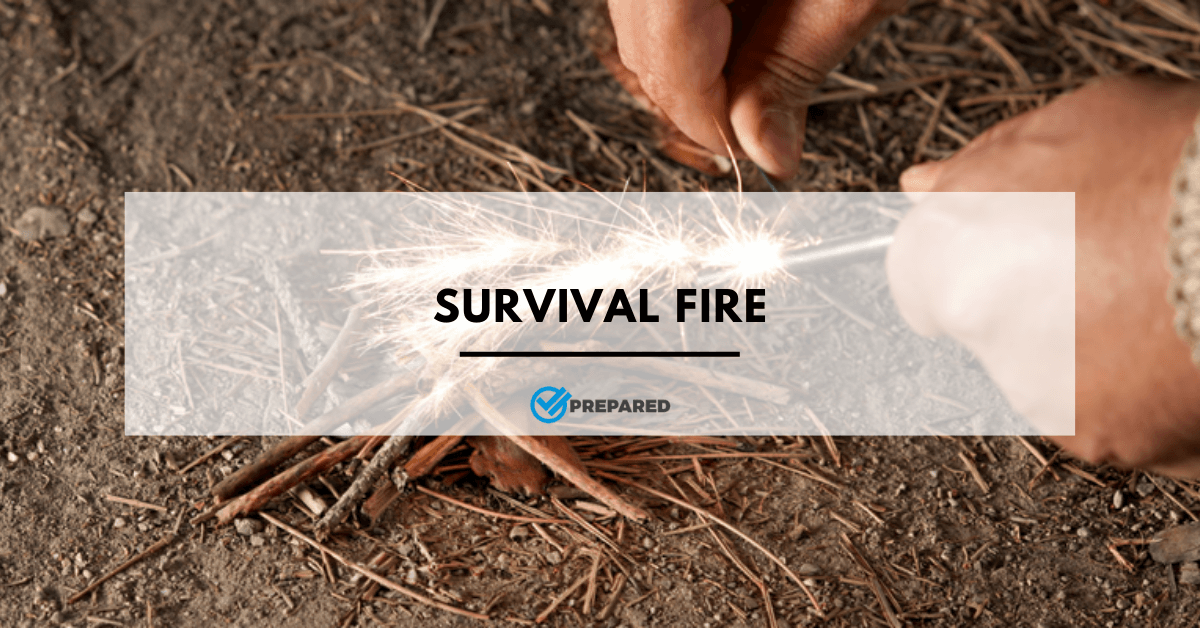In most survival situations, starting a fire is critical. Fire can keep you warm, light your camp, cook your food, purify water, keep away insects, and scare off predators. It is also a huge morale booster. However, in many survival situations starting a fire can be difficult. We all know that having a lighter or waterproof match is the fastest and easiest way to start a fire, but for this article, I will assume that these ignition sources are not available. This leaves us with primitive ways to start a fire.
Survival Fire Supplies
Before we discuss ignition sources, it is important that you have your fire materials gathered and organized in the right amounts. Tinder is the fine, fluffy material that you will need to catch a spark or an ember. Natural tinder such as dry grasses, cattail fluff, or feathers can work well. However, finding dry tinder in rainy weather can be difficult. It is always smart to bring along your own tinder such as dryer lint or char cloth.
Kindling consists of the small sticks needed to get the fire started. Once your tinder is lit, you will need to carefully add kindling one piece at a time. Be sure that each piece is lit before you add the next. These sticks should be thinner than a pencil and dry all the way through. You will need a bundle large enough to just barely fit both hands around it.
For more significant fuel, you will need a combination of medium-sized branches and larger logs. All wood should be split to be no thicker than six inches (15 centimetres). If you wish to have your fire burn all night, you will need a large stack of wood. I would plan on a pile at least knee-high.
Ignition Sources
There are a number of different ignition sources you can use to start a fire. A few of these are listed below.
Ferro Rod – This magnesium rod is the most valuable fire-starting tool you can own. When you run a high carbon blade across the rod, it shoots sparks burning at 3000F. It is waterproof, windproof, and inexpensive. It will also light thousands of fires before having to be replaced. This item should be in every survival kit.
Lenses – Magnifying lenses can be helpful for starting a fire with the right tinder. These lenses focus the sun’s rays onto a particular point and heat it to extreme temperatures. However, the tinder you use must be very fine and very dry. I prefer char cloth for starting fires with lenses. They are windproof and waterproof but require clear skies and direct sunlight.
Bow Drills/Hand Drills – This is one of the most primitive ways to start a fire, and can be accomplished with only natural materials. A coal is created by rotating a spindle on a fireboard. A notch is cut in the board to allow oxygen to get to the point of friction. As the spindle rotates, it creates fine sawdust that collects near the notch. It then heats to the point of ignition. The rotation can be accomplished with your bare hands or with a bow. The main difficulties are that the wood must be bone dry and that you must have the perfect hardness for your wood. Fire starting with this method requires lots of practice.
Other – Fires can be started using compression devices. These tools allow you to place a small bit of tinder on the end of a piston. You then place the piston in a chamber and slam it shut. The compression should ignite the tinder. Certain chemicals can be combined to start a fire. You can also use electricity. I have seen people use a metallic gum wrapper and a battery to create an ember, and I have even seen somebody stab a cell phone battery with a knife blade to create sparks.
Multiple Methods
Because of its importance, I always suggest having multiple methods by which to start a fire. When I head into the wilderness, I generally carry a lighter, a lens, and a ferro rod. I never want to be caught needing a fire without the means to start one. Take the time to learn how to start fires by these methods, and you are giving yourself a huge edge on survival.

Chris was born and raised in South Africa and has worked in the field of risk management, organisational resilience, and business continuity for more than a decade. During his career he has seen how private and public sector organisations benefit from effective risk management and business continuity planning. Realising that families and communities can also benefit from the same tools, methodologies, and principles, he started Prepare with Foresight.
Prepare with Foresight was launched to assist individuals and families to have the peace of mind that they will be able to recover from and successfully adapt to the consequences of adverse events.

